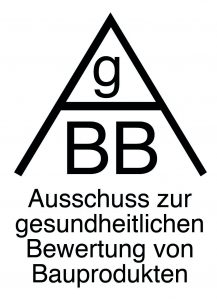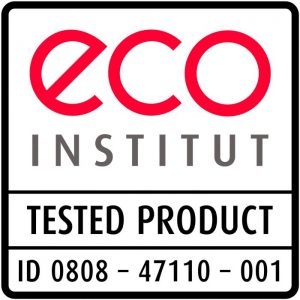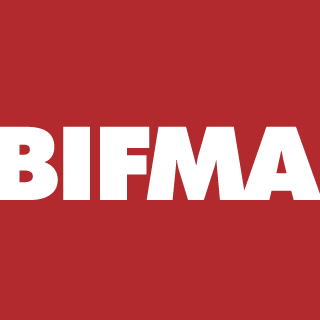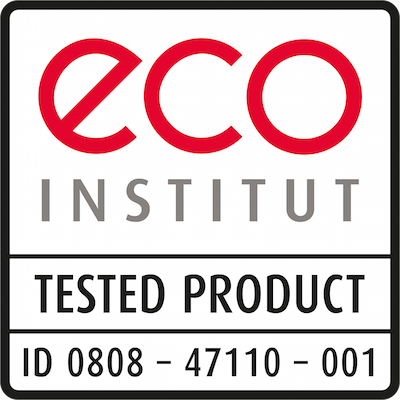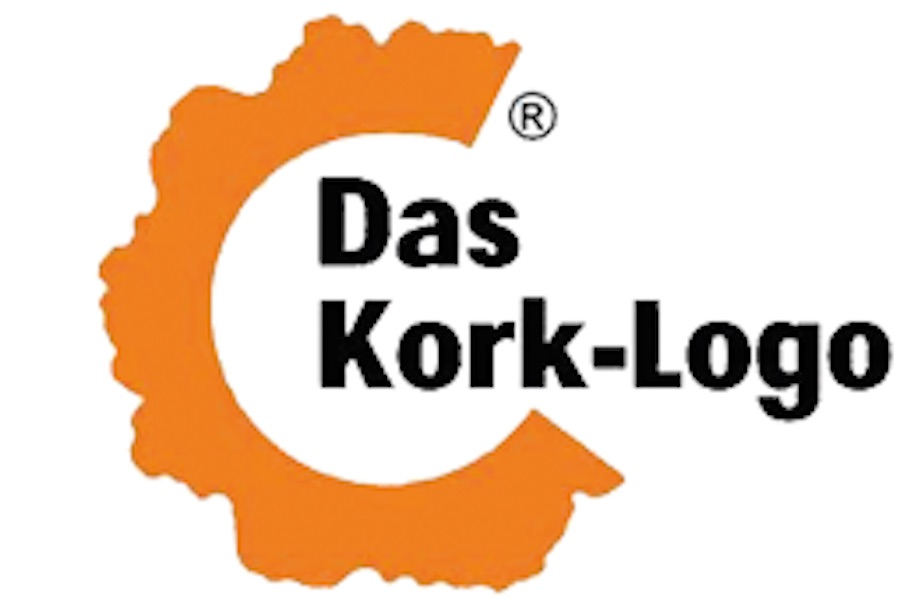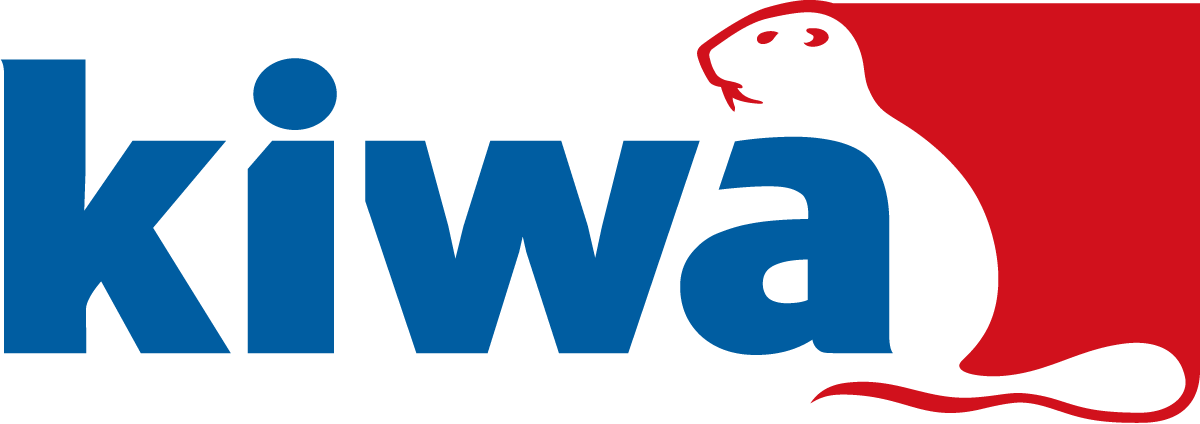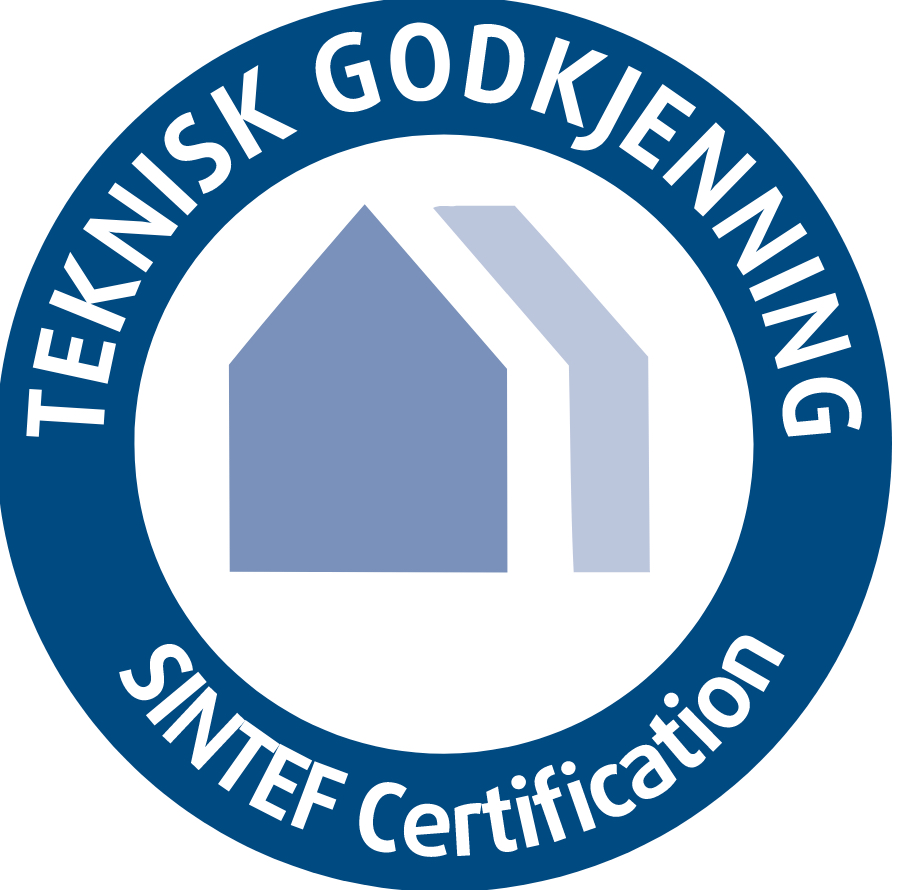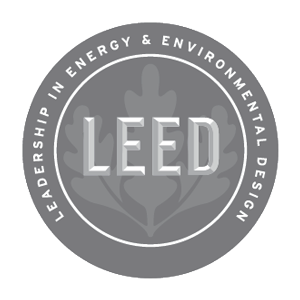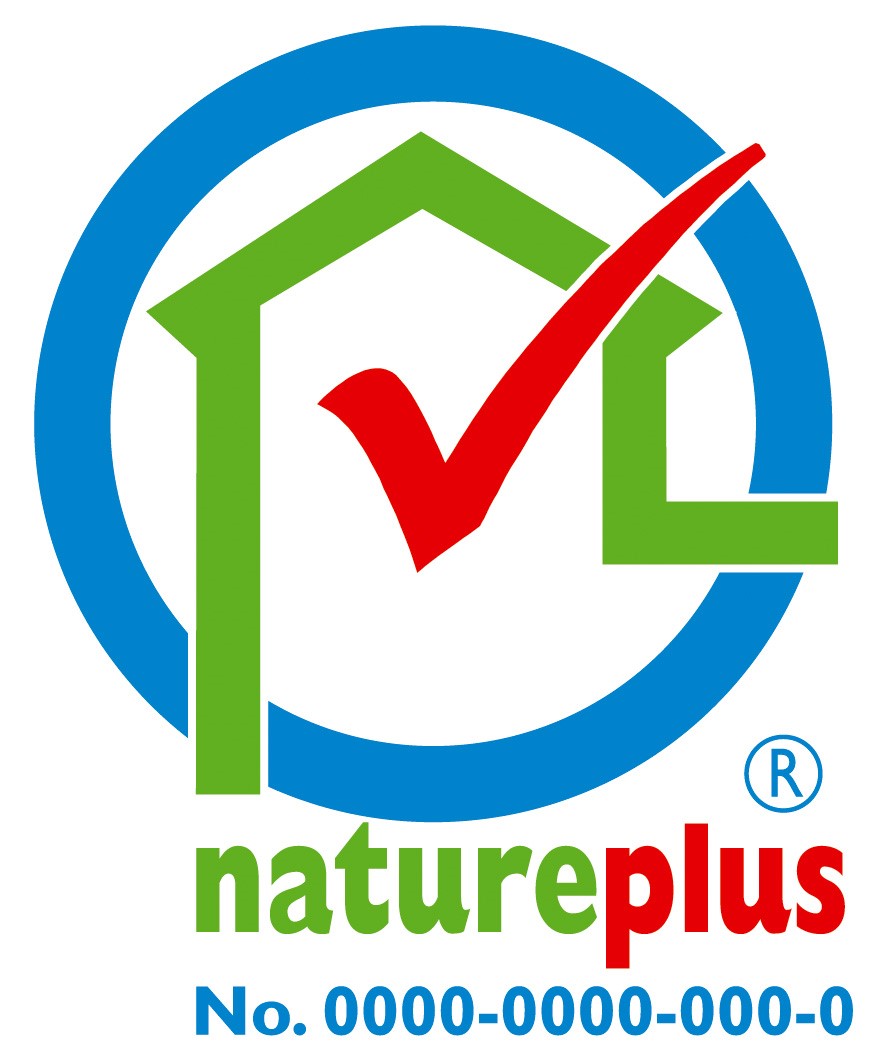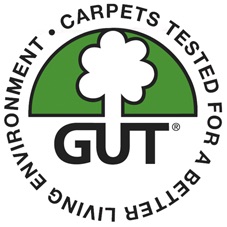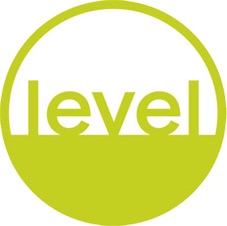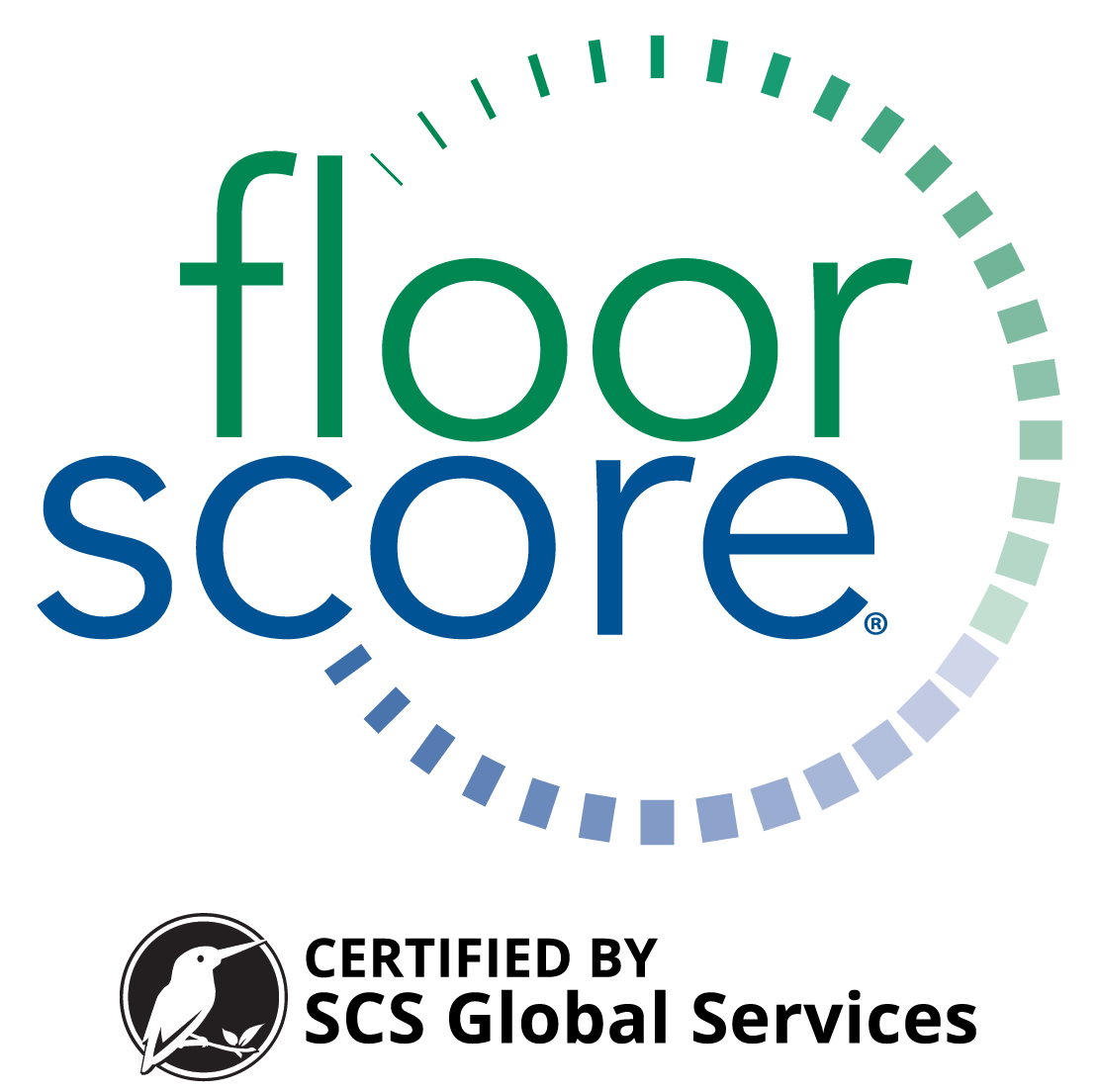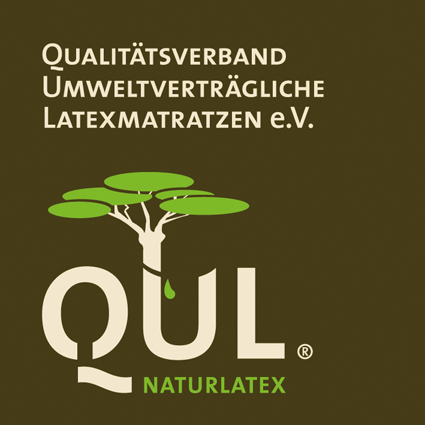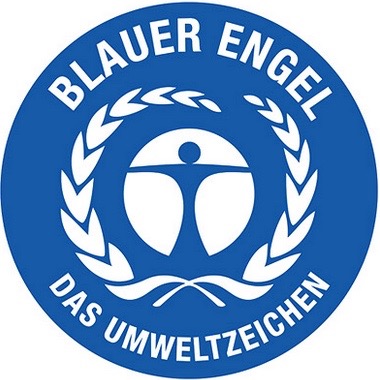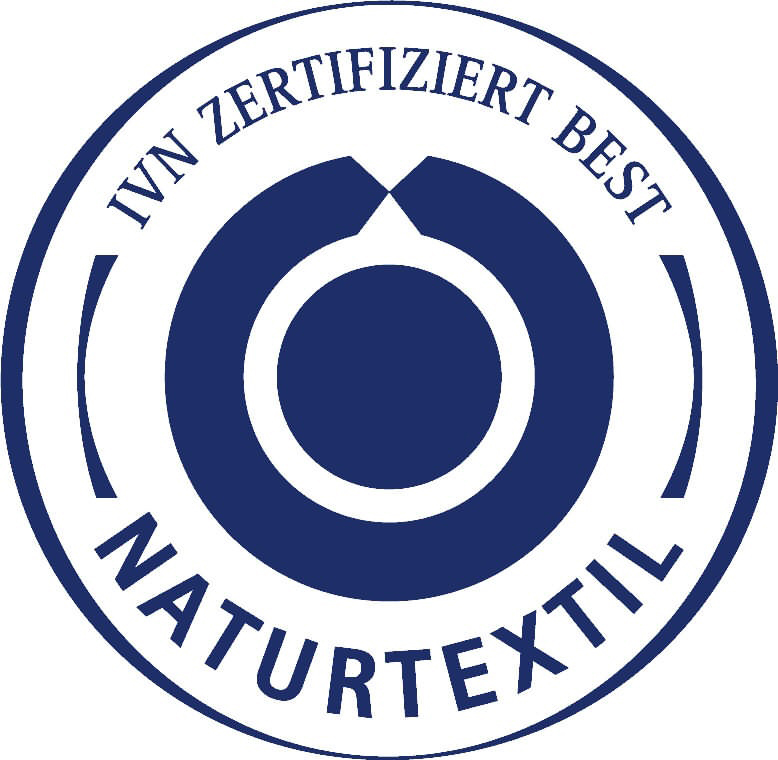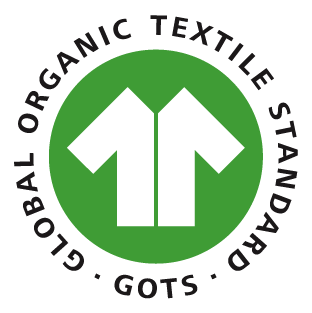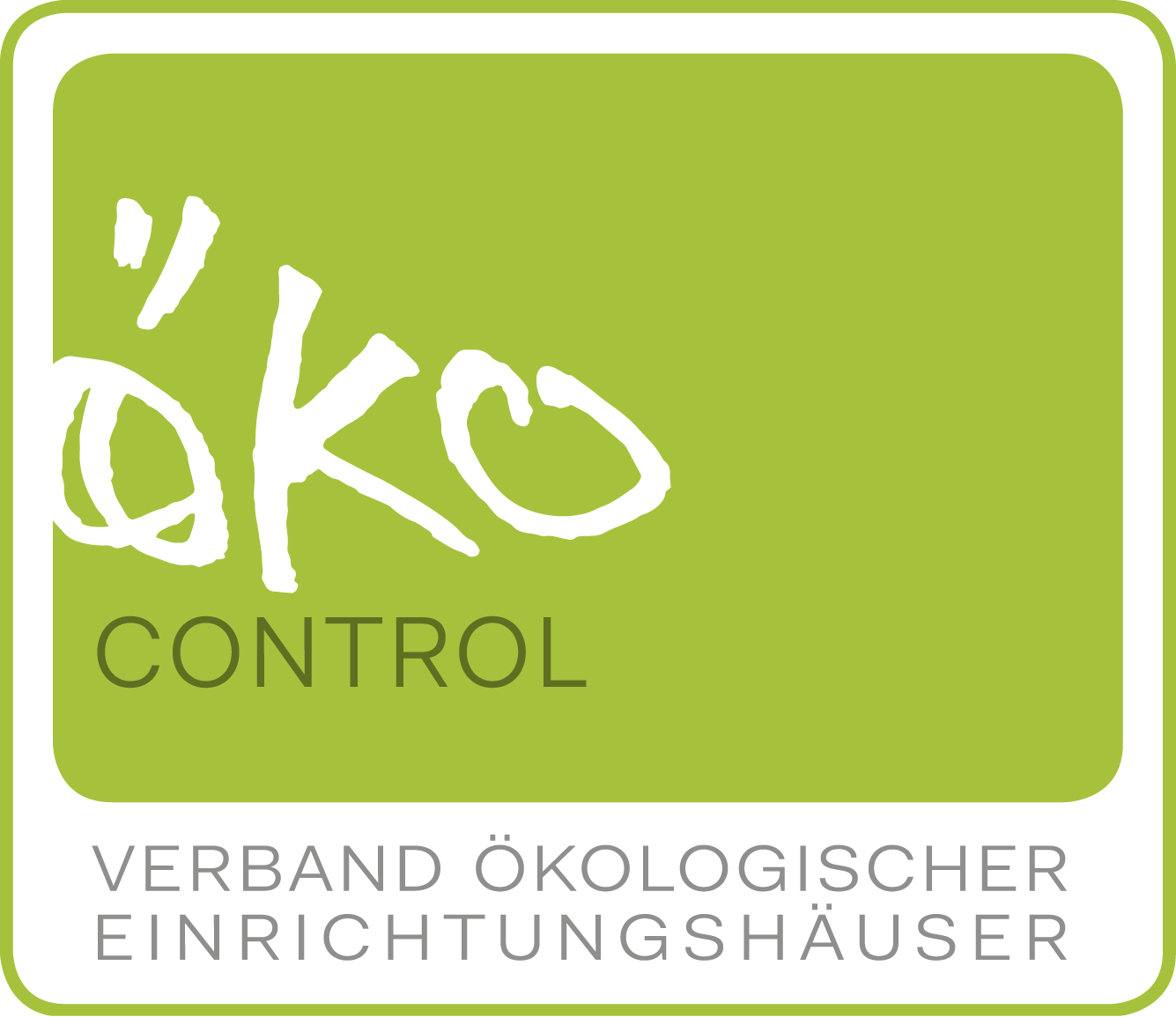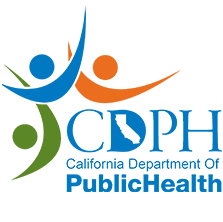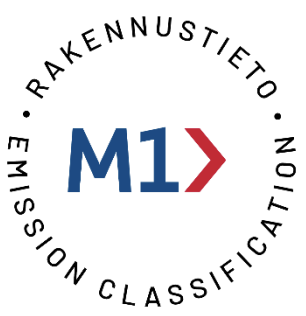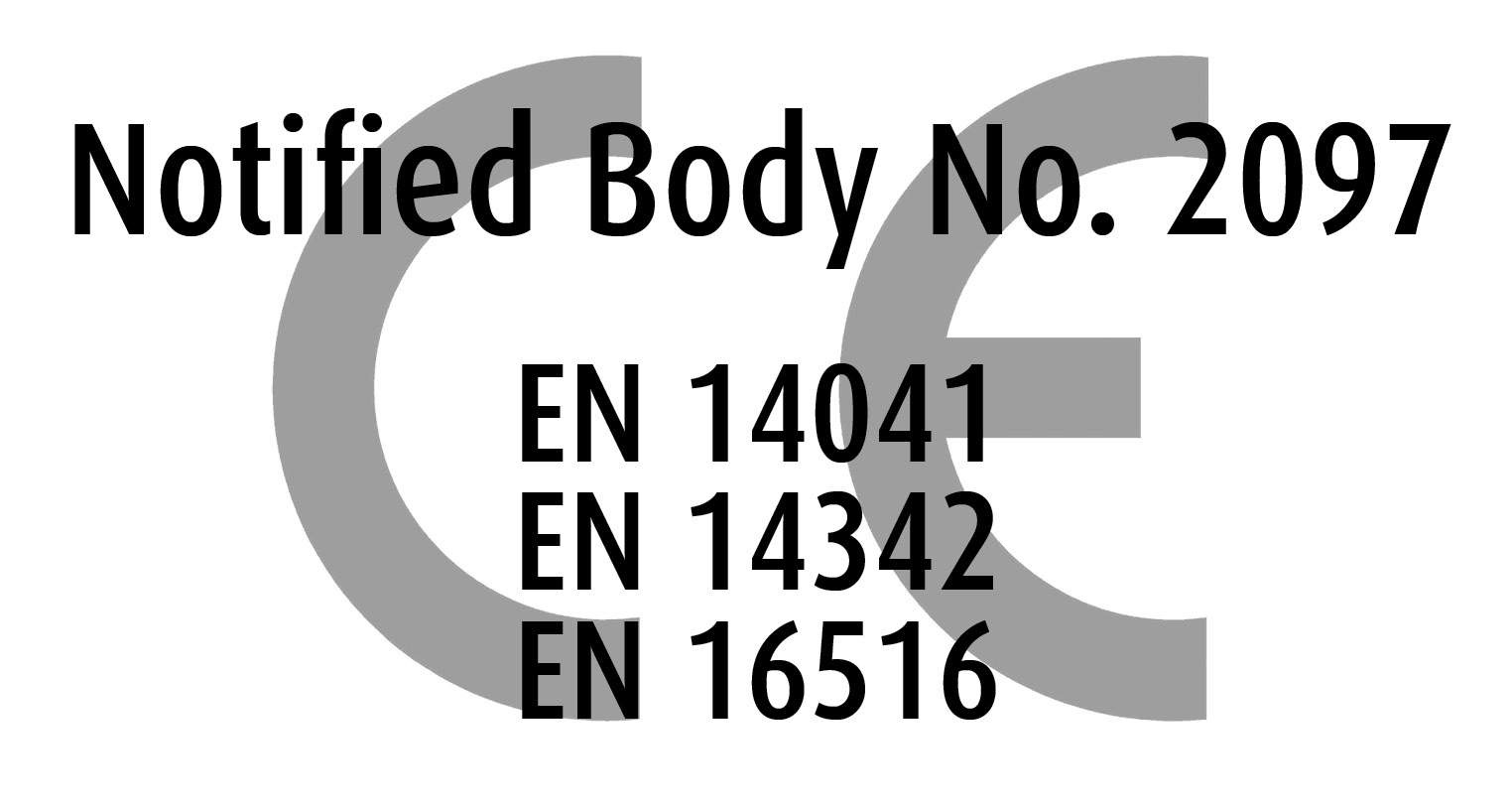Evaluation scheme for VOC emissions from construction products
VOC emissions from construction products are an important cause of indoor air pollution.
Therefore, the Committee for Health-related evaluation of Building Products , founded in 1997, developed test criteria and – based on these criteria – the AgBB evaluation scheme for VOC emissions from construction products.
This so-called AgBB scheme is regularly reviewed and edited, the last time version was published in September 2024. The former version is valid for one more year.
The AgBB scheme is probably the most important European test scheme for product emissions and defines with its requirements the suitability of the tested products for indoor use (hazard prevention). With the evaluated parameters TVOC, TSVOC, VOC without LCI, C-substances and the R-value concept, it forms the basis for many voluntary test labels, such as the Blue Angel, GEV emicode, natureplus or the eco-INSTITUT-Label, which, however, with more extensive and in part stricter requirements based on a precautionary principle, represent a recommendation for low-emission indoor products also for more sensitive persons.
Based on the AgBB scheme, German Institute for Structural Engineering developed the “Approval principles for health-evaluation of indoor construction products” in 2004. These are crucial for obtaining the U mark for certain products as part of the national technical approval .
Since 2017, the contents of the AgBB scheme with the requirements for structural systems with regard to health protection (ABG) have been incorporated into the Model Administrative Regulation on Technical Building Regulations (MVV TB). (Further information on a voluntary expert opinion by DIBt can be found in the tab “Further links” and here) Indoor-relevant products should therefore be tested according to AgBB for use in Germany and comply with the requirements.
AgBB scheme takes into account DIN EN 16516 in conjunction with the ISO 16000 series of standards, which are globally pioneering for construction products, and is thus based on national and international requirements. Thus, products that meet the AgBB requirements are also recognised for use in international LEED building projects. AgBB tests can additionally be evaluated according to legal requirements (e.g. in France and/or Belgium) or for applying for voluntary test marks.
Overview European limit values after 28 days
| Substance / Limit value after 28 days | AgBB 2024 | Belgian VOC regulation 2014 | French VOC regulation A+ 2011 |
| TVOC | ≤ 1,0 mg/m3 | ≤ 1000 μg/m3 | ≤ 1000 μg/m3 |
| TSVOC | ≤ 0,1 mg/m3 | ≤ 100 μg/m3 | not defined |
| Toloule | ≤ 2900 μg/m3* | ≤ 300 μg/m3 | < 300 μg/m3 |
| Formaldehyde | ≤ 100 μg/m3* | ≤ 100 μg/m3 | < 10 μg/m3 |
| Acetaldehyde | ≤ 300 μg/m3* | ≤ 200 μg/m3 | < 200 μg/m3 |
| CMR substances 1A & 1B | ≤ 1 μg/m3 (only C substances) | ≤ 1 μg/m3 | ≤ 1 μg/m3 (CMR regulation) |
| R value | ≤ 1 | ≤ 1 | ≤ 1 |
| TVOC w/o LCI | ≤ 0,1 mg/m3 | not defined | not defined |
*) NIK, LCI, CLI
All information subject to change; last edited: May 2nd, 2025
